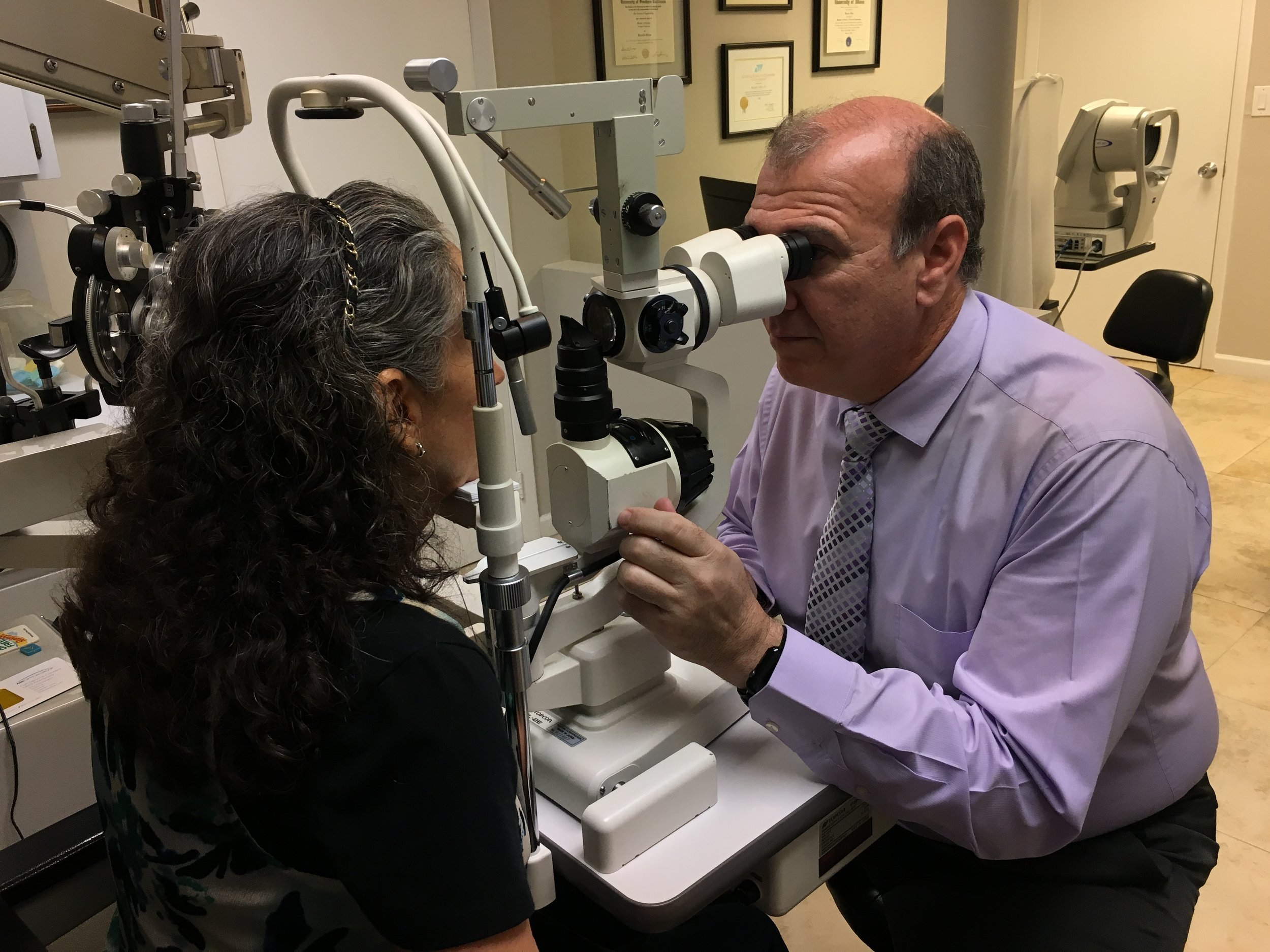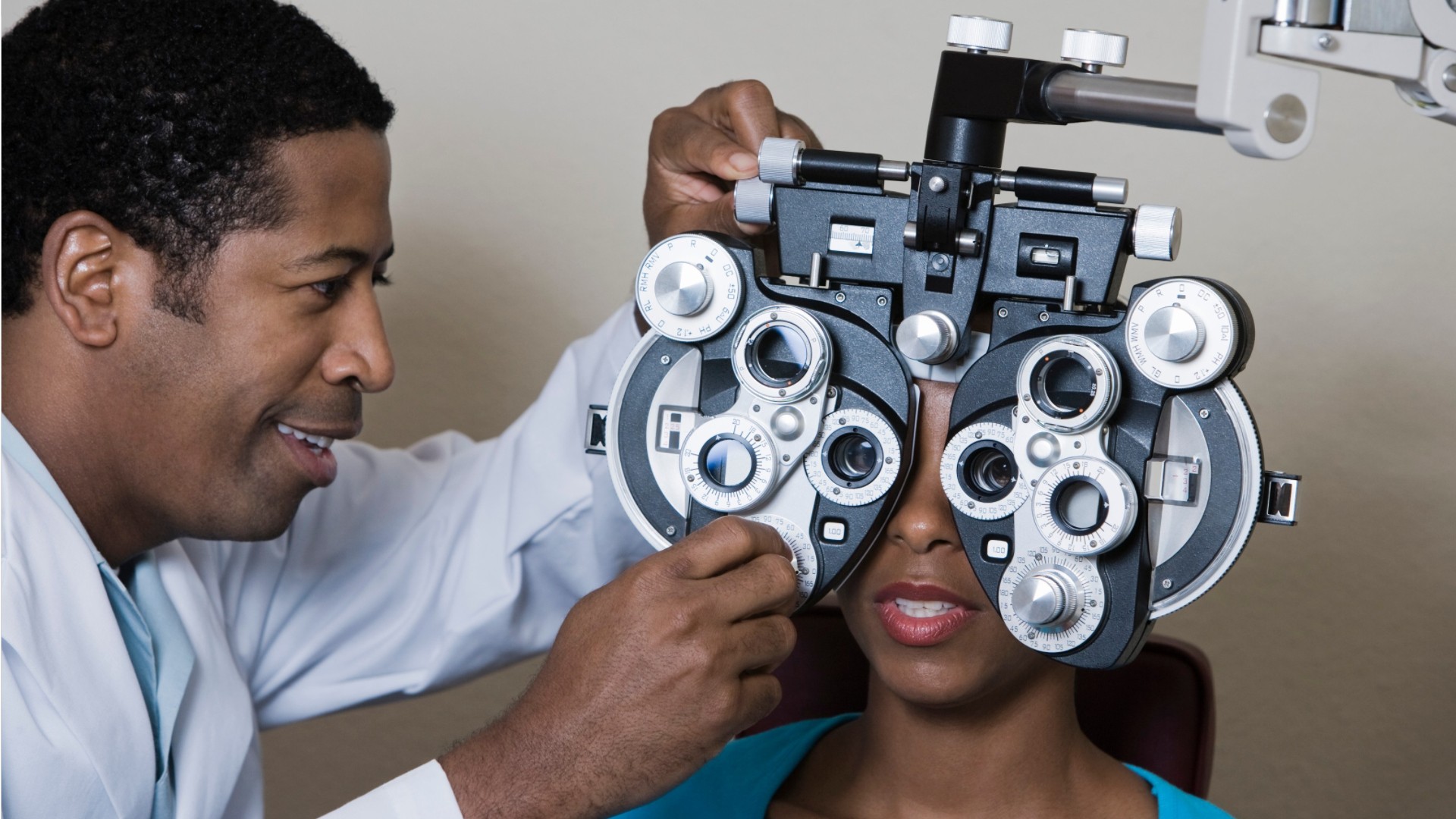Experience Personalized Care with Opticore Optometry in Chino
Experience Personalized Care with Opticore Optometry in Chino
Blog Article
Checking Out the most recent Technical Developments in Optometry and What They Mean for Optometrists
In the ever-evolving field of optometry, recent technical advancements are improving exactly how experts approach eye treatment. From the accuracy of Optical Coherence Tomography to the nuanced understandings provided by AI-driven analysis tools, these technologies are establishing brand-new criteria in client evaluation and treatment. Teleoptometry is positioned to redefine access, guaranteeing that proficiency transcends geographical restrictions. As these developments permeate the method, optometrists are confronted with the difficulty of welcoming these tools to boost individual end results. Yet, the inquiry stays: exactly how will these technological changes redefine the functions and responsibilities within the profession?
Developments in Diagnostic Devices
Advancing the field of optometry, technologies in analysis devices have actually changed the method eye care professionals assess and detect eye problems and visual impairments. The past decade has witnessed considerable technical advancements, allowing more detailed and precise examinations. Optical Coherence Tomography (OCT), for instance, supplies high-resolution cross-sectional pictures of the retina, enabling the very early detection of illness such as glaucoma and age-related macular degeneration. This non-invasive imaging technique has actually come to be indispensable in contemporary optometric practice.
One more key advancement is the introduction of innovative corneal topography systems, which map the surface curvature of the cornea with accuracy. These tools are specifically valuable for suitable get in touch with lenses and detecting corneal disorders. Electronic retinal imaging has changed typical ophthalmoscopy, providing comprehensive, scenic sights of the retina that facilitate comprehensive visual assessments.
The growth of wavefront aberrometry has additionally been important, enabling the evaluation of refractive mistakes with unparalleled accuracy (Opticore Optometry). This technology assists in personalizing rehabilitative lenses and enhancing medical end results for refractive surgical treatments. Jointly, these analysis advancements equip optometrists to provide remarkable individual care, ensuring very early intervention and tailored therapy strategies, inevitably improving aesthetic health end results
AI in Patient Management
Building on the foundation of sophisticated analysis devices, the consolidation of expert system (AI) in client monitoring represents a transformative leap for optometry. AI systems are significantly utilized to boost efficiency, accuracy, and personalization in person care. By assessing substantial quantities of data, AI can recognize patterns and anticipate prospective ocular conditions, enabling optometrists to customize interventions much more effectively. This capacity is critical in handling chronic eye illness such as glaucoma and diabetic person retinopathy, where very early discovery and constant surveillance are vital.
Furthermore, AI-driven platforms promote structured patient interactions and management procedures. Automated scheduling, digital appointments, and customized follow-up strategies not just improve individual satisfaction however additionally maximize time management for specialists. These systems can triage people based on the seriousness of their conditions, making certain that those in crucial requirement receive timely interest.
Moreover, AI boosts decision-making by offering eye doctors with evidence-based recommendations and therapy paths. By incorporating data from digital health and wellness records, AI devices supply understandings that inform scientific decisions, minimizing the threat of errors and improving person end results. As AI remains to progress, its function in individual administration will likely increase, improving the landscape of optometric treatment.
Advancements in Retinal Imaging
In the world of optometry, retinal imaging has actually experienced exceptional technical innovations that are boosting diagnostic capabilities and client treatment. Innovations such as Optical Coherence Tomography (OCT) and like it fundus photography have revolutionized exactly how optometrists picture and assess the retina. OCT, in specific, supplies high-resolution, cross-sectional photos of the retina, permitting the thorough evaluation of its layers. This capacity is invaluable for early discovery and management of problems like glaucoma, diabetic retinopathy, and age-related macular degeneration.
Enhanced imaging techniques like OCT angiography are more refining diagnostic accuracy. Opticore Optometry. Such advancements assist in the identification of minute retinal adjustments that could symbolize disease development.
Furthermore, improvements in artificial intelligence are boosting retinal imaging by enabling automated analysis of large datasets. These systems assist optometrists in identifying patterns a sign of pathology, therefore boosting diagnostic accuracy and efficiency. Collectively, these advancements are changing retinal imaging right into a cornerstone of contemporary eye treatment, enhancing outcomes and increasing healing possibilities.
Teleoptometry's Growing Function
Teleoptometry is progressively coming to be a crucial part of eye treatment, driven by developments in data and analysis tools. As optometry welcomes electronic change, teleoptometry assists in remote appointments, enabling eye doctors to prolong their solutions past standard limits. This is especially useful in country and underserved locations where access to specialized eye treatment is commonly limited. By leveraging high-resolution video conferencing and progressed retinal imaging, optometrists can carry out thorough eye tests from afar, ensuring prompt medical diagnosis and treatment.
The combination of man-made intelligence (AI) more boosts teleoptometry, enabling the evaluation of visual information and assisting in the detection of eye problems such as glaucoma and diabetic person retinopathy. AI-powered algorithms can rapidly analyze complex imaging information, supplying optometrists with useful insights that boost professional decision-making.
Additionally, teleoptometry supports connection of care via smooth combination with electronic health and wellness records (EHRs), permitting eye doctors to maintain comprehensive person backgrounds. When seeking advice from with different professionals., this guarantees that people get regular and customized care even.
Despite these advantages, obstacles continue to be, including guaranteeing information security and managing patient assumptions. Nonetheless, teleoptometry stands for a significant stride towards more available, reliable, and patient-centered eye treatment. As innovation evolves, its function is positioned to expand even more.

Future Fads in Eye Treatment
A myriad of cutting-edge fads is readied to improve the future of eye treatment, driven by technological improvements and the progressing demands of patients. One substantial pattern is the assimilation of expert system (AI) in diagnostics, which assures to boost the accuracy and effectiveness of eye assessments. AI algorithms can evaluate large amounts of data from retinal photos, possibly detecting problems like diabetic person retinopathy and glaucoma earlier than standard techniques.
Moreover, customized medicine is gaining grip in optometry, with hereditary testing informing tailored therapy plans. This strategy intends to enhance client outcomes by customizing treatments to individual hereditary accounts. Wearable innovation, such as smart call lenses, is also imminent, using real-time tracking of intraocular stress or glucose degrees, therefore giving constant insights into systemic and ocular wellness.
The adoption of increased truth (AR) and digital truth (VIRTUAL REALITY) in training and client education and learning is one more arising trend. These technologies use immersive experiences that can enhance understanding and here abilities both for optometrists and people. As these trends progress, optometrists need to stay abreast of technological advancements to offer sophisticated care, making certain improved individual end results and contentment in the dynamic landscape of eye care.
Final Thought

Jointly, these analysis innovations encourage optometrists to deliver premium client care, making certain very early treatment and customized treatment techniques, eventually enhancing visual health and wellness results.

As these innovations continue to advance, optometrists should adjust and integrate them right into practice, inevitably enhancing process performance and raising the criterion of eye care supplied to individuals.
Report this page